In the previous blog I talked about the new game mechanic added to Sonic Superstars. Sonic, and his friends could harness the power of the individual Chaos Emeralds. Each one provided a temporary power-up for the heroes. I said that the reason why Sonic Superstars used the Chaos Emeralds instead of the Wisps from Sonic Colors was because there were two different Sonics. To be more specific there were two Sonics from two different universe / timelines. The version featured in Superstars was based on the original game from 1991. That was to say the animation, direction, and game play were based on the original Sonic Team designs. This version of the blue blur was young, and idealistic. The challenges, and threats he faced were scary, but also family friendly. In the original trilogy none of the characters spoke, not even Dr. Eggman. The entire game was told through pantomime. The version of Sonic that spoke, the one that people knew from the movies, or games like Sonic Frontiers was based on the “modern” version. This version debuted with Sonic Adventure in 1999. It was something that I do not think most casual fans understood.
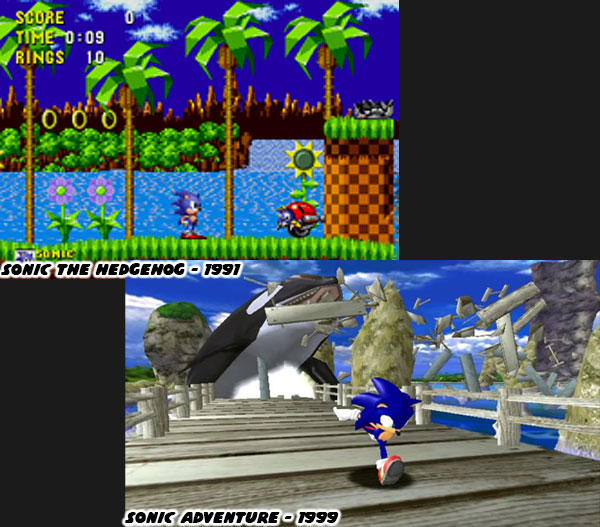
For the longest time I don’t think that Sega themselves understood that there were two distinct versions of the character. Two distinct versions of the supporting cast, timeline, enemies, and especially the game play. The cosmetic changes made to Sonic, Tails, Amy, and Knuckles in Sonic Adventure were done to make the characters easier to animate in three-dimensions. The modelers extended the length of the arms, and legs. They changed the proportions of the head, and body. The needed to do this because the old proportions were difficult to track with a three-dimensional camera. To audiences it looked like Sonic had grown up, matured in his new titles. As the series went on it started to become more, and more obvious that the look, and feel of Sonic in three-dimensions was a different thing entirely to the 2D Sonic that launched a franchise.
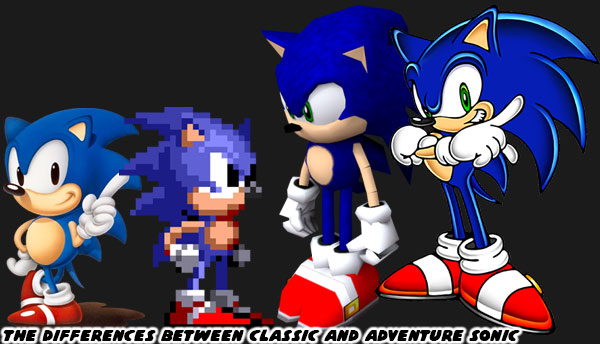
The distinction between the original, and post Adventure Sonic came to a head in 2010. The 20th anniversary of Sonic was coming up, and a new game was expected. The original game came out in 1991, Sonic 2 in 1992, and Sonic 3 in 1994. Sega teased something called “Project Needlemouse” with a promise to go back to the classics. Sure enough they went back to the 2D game play with 2.5D graphics. Yet they used the proportions, and game play of the modern character. Sonic, Tails, and the rest of the cast were not classic at all. Sonic 4: Episode I debuted in 2010. It was met with harsh criticism because it vaguely captured the look of the classic game, but completely missed the feel of the title. It felt like it had one foot in two different universes, and didn’t fully commit to being a worthy sequel. A number of the control, and design issues were ironed out for Sonic 4: Episode 2 in 2012.
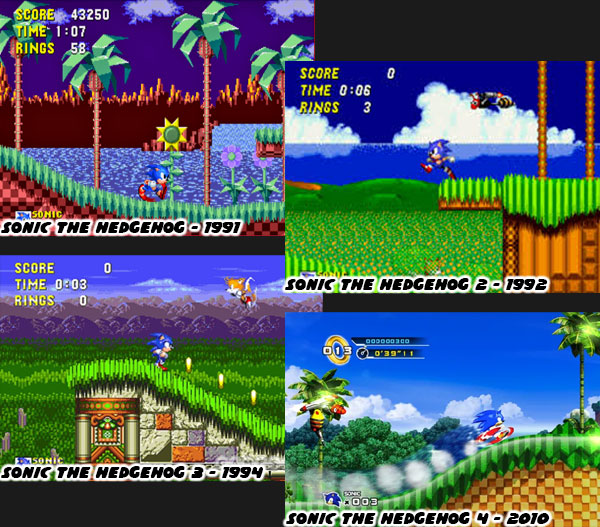
Thankfully Sega didn’t put all their chips on one title at the start of the 2010’s. The studio released Sonic Generations in 2011. The game established the canon of two timelines, and two distinct versions of Sonic. The classic version that I grew up with, and the modern version that my kid knew. Playing through the game was literally a way for us to bond as a family. It played like a highlight reel for the mascot. We got a chance to revisit tons of familiar locations in updated 3D graphics. This was done much better than what we saw in Sonic 4. They set a standard that would only be topped by Colors, and later on by Superstars. The best part was the game play perfect for each version of Sonic. Although they both visited locations used in Sonic’s 1-3, Sonic Heroes, Sonic Unleashed, etc. the ones played by classic Sonic were all set in a 2D perspective, and the modern Sonic raced on open 3D tracks. The developers clearly understood the assignment, and made certain that fans of each type of game play were rewarded.

Reactions to Sonic games post Sonic Adventure 2 (those released through the 2000’s) were a mixed bag. Some of the console, and handheld titles were beloved. Some took a while to warm up to, and a few were despited by long-time fans. The one thing that was consistent good were the soundtracks. The music featured in the games had always been well done. In the ‘90s I made sure to run down to the Japanese bookstore, and put in an order for the CDs whenever a game had come out. From Dreams Come True to Crush 40, wether the scores were pop, hard rock, or even Hip Hop the composers delivered in each title. Sonic Generations redid the scores from the various sequels to great effect. It featured a classic, and modern variation of the songs that complimented the originals. Generations helped introduce new players to the fun game play, and memorable songs better than just about any anniversary title in the past 20 years.
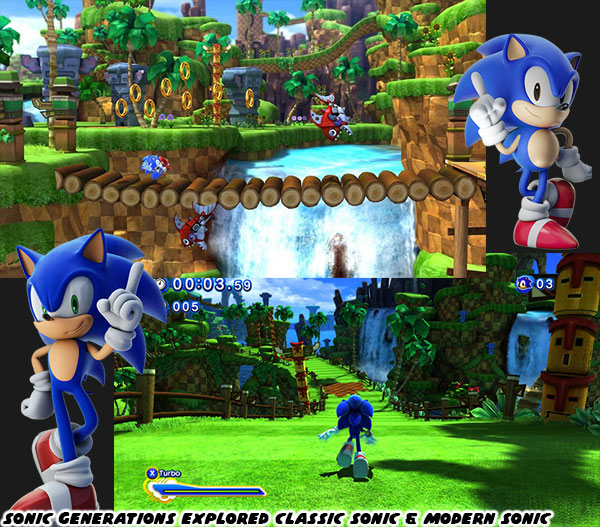
Despite all the praise I heaped on Sonic Superstars it was not without its failings. The game suffered from a number of technical issues that ranged from minor inconveniences, to game play breaking problems. The biggest technical issue that I had with the title was constant frame rate drops. This was especially upsetting because Sonic is all about hight speed action, but certain parts of the game felt unplayable when you couldn’t see the character. Timing jumps, spotting enemies, and making it through critical sections were almost impossible. I was on the Playstation 4 version, but the fact that it wasn’t an issue during play testing, or patched after release disappointed me. Watching videos on YouTube I could see that my version was possibly the one that suffered the most.
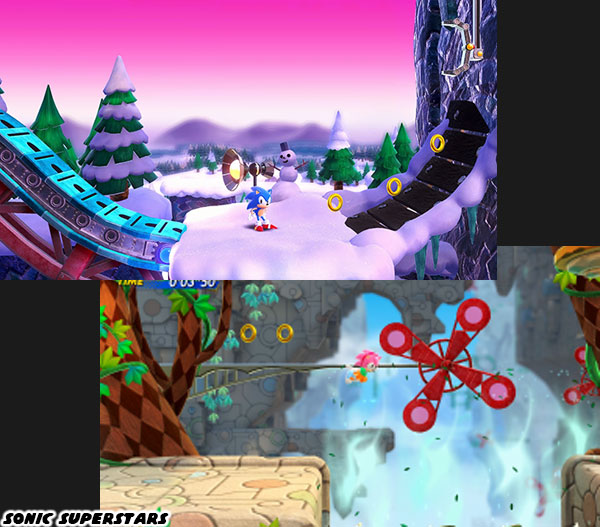
Normally I couldn’t wait to play through a Sonic game again after completion. The performance issues made me rethink how eager I was for a replay. It betrayed all of the love that went into the game itself. Despite the greatest intentions Sonic Superstars couldn’t surpass Sonic Mania Plus. This had much more to do than just a difference between using 3D models over 2D sprites. So where did it go wrong for Sega? I’ll explore that in the next entry to this series. Did you get a chance to play this game? If so what were your thoughts. I’d like to hear about it in the comments section. As always if you would like to sponsor me
please visit my Patreon page and consider donating each month, even as little as $1 would help make better blogs and even podcasts!












No comments:
Post a Comment